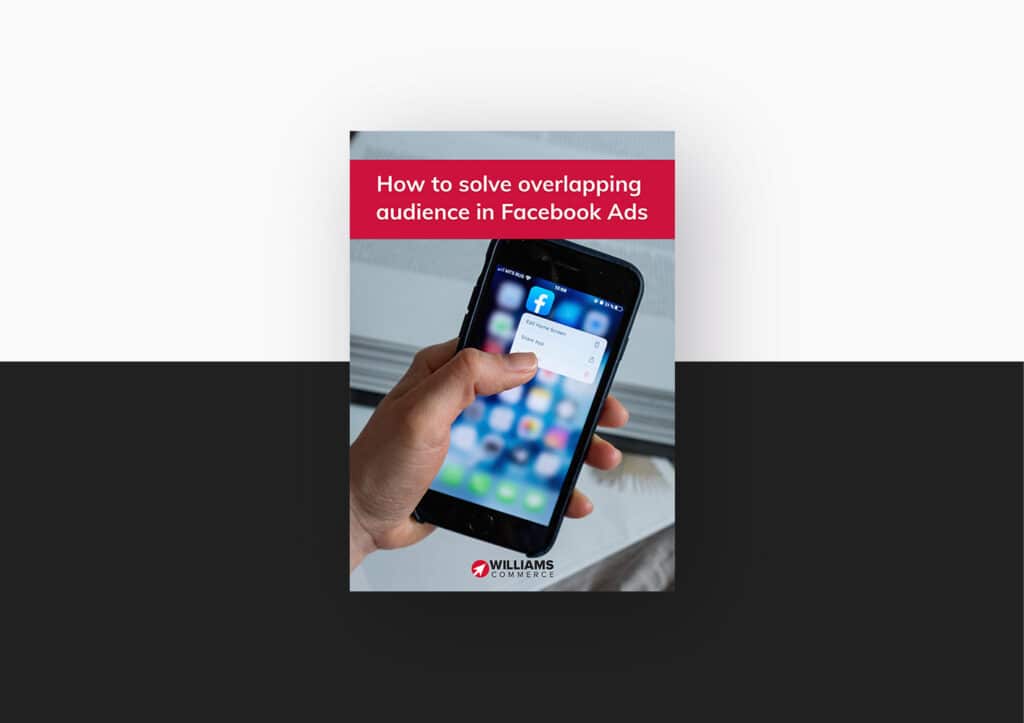Tough economic times have placed segments of the retail industry under huge pressure.
Tough economic times have placed segments of the retail industry under huge pressure. The list of casualties is long, including Clinton Cards, Peacocks, Blacks Leisure, Game, Barratts, the Officers Club, Virgin Megastore, T J Hughes, Jane Norman and many more, have all been badly affected, resulting in a large loss of jobs and a wider impact on lowering disposable income for many.
Already hurting from over 2,000 job losses from the JJB administrators, the shocking announcement from Comet last week, that they too will be going into administration early this month, sees the demise of 240 nationwide stores and around 6,000 more jobs are at risk. With so many business closures, surviving firms have to widen their customer reach to prevent further falling cash flows.
As many consumers continue to use the internet more frequently for shopping, retailers have to think more laterally about what the future of the high street holds for their business. For many, creating experiences in store will help provide differentiation and drive foot traffic in ways that online cannot do. Retailers who are combining the online and high street experience, by offering things like click and collect and reserve in store, free Wi-Fi in store and creative use of QR codes are predicted to reap the benefits, whilst those that do not evolve their business sufficiently for the digital revolution may face a similar fate to other retail casualties. Next, the fashion retailer is a great example of a business that has rapidly evolved their online proposition to address the needs of their consumers to have items delivered quickly by offering the fantastic service of order by 9pm for next day delivery as standard. Great marketing, above and through the line, has further complimented their online and high street business.
So what are the other ways retailers can capitalise on and embrace internet growth? Investing in IT and technological advancements to create efficiencies and interconnectivity across both their bricks and mortar business and their IT business is certainly what many firms are doing. Using technology to reduce manual labour in the order processing area for example can make a significant impact on reducing overheads.
Ensuring that your website strongly represents your retail brand and is the heart of your business is of paramount importance. With consumer’s voracious use of the internet, from research to gaming to ecommerce, if your website presence is poor, you’re really letting your business down and limiting your potential for growth. A website that portrays your brand and provides a user-friendly experience is a great start. A website that is interconnected to social media is even better. What’s clear is key retail players on the high street are evolving the take advantage of digital and mobile. Death of the high street? The prospect of fewer retail stores to visit in the future, as city centres become more residential, is very real. But what we can hope for? It might well not be the high street as we know it, but retailers who will offer a digitally connected, rich experience that offers shoppers more convenience and greater choice at our fingertips, that’s something to look forward to.
References
Retail Research. (2012). Who’s Gone Bust in Retailing 2010-12?. Available: http://www.retailresearch.org/whosegonebust.php. Last accessed 07/11/2012.
Wood, Z. (2012). Comet: more than 6,000 jobs at risk. Available: http://www.guardian.co.uk/technology/2012/nov/01/comet-electrical-goods-jobs-risk. Last accessed 07/11/2012.
Schmeiser, L. (2012). Recession-proof IT jobs. Available: http://www.infoworld.com/d/adventures-in-it/recession-proof-it-jobs-408. Last accessed 07/11/2012.
Telegraph. (2012). UK recession the worst for company failures as nearly 27,000 go bust, says Conservatives. Available: http://www.telegraph.co.uk/finance/recession/6871307/UK-recession-the-worst-for-company-failures-as-nearly-27000-go-bust-says-Conservatives.html. Last accessed 07/11/2012.


